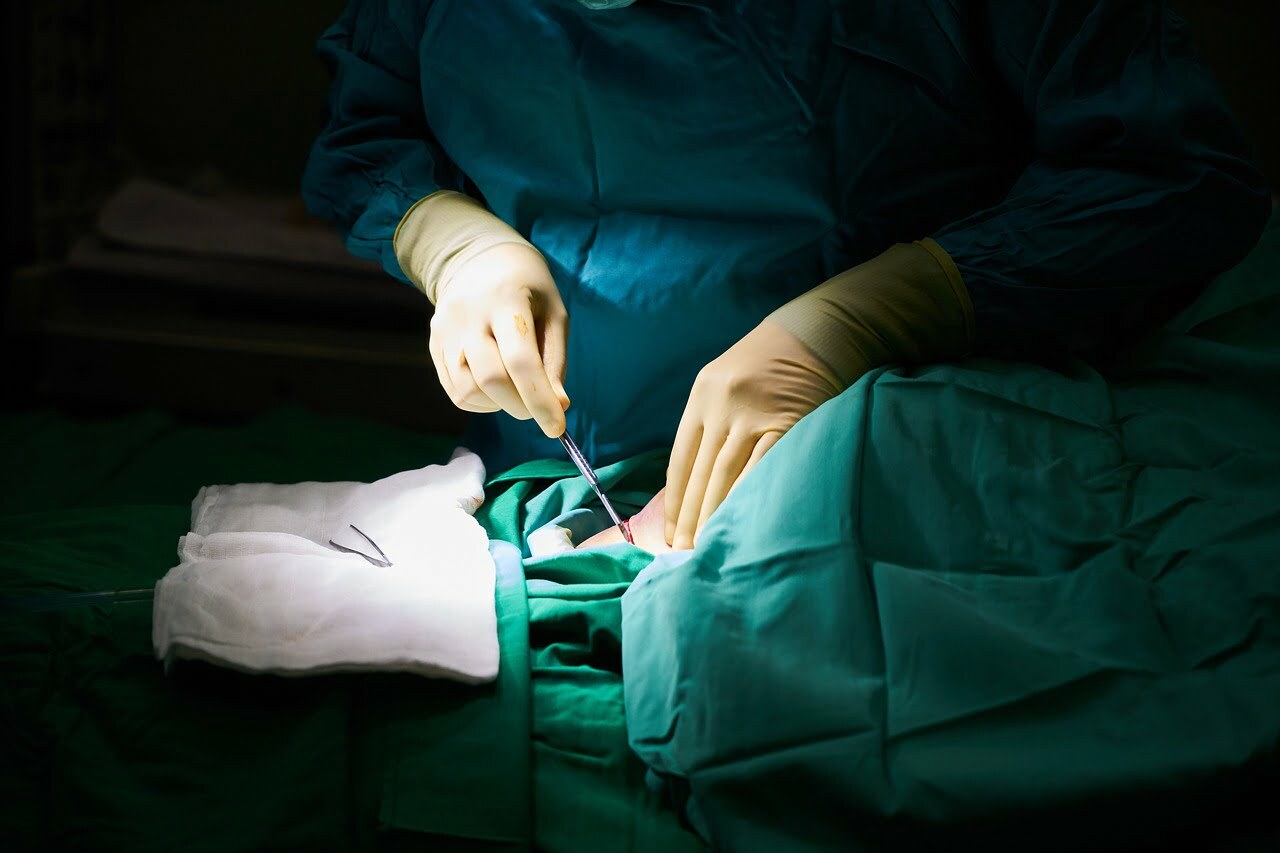
If you are looking for a permanent way to increase the size of your breasts, then you may be considering a breast implant surgery. As promising as that may be, there are a few very important details you need to consider.For starters, a significant drawback to using implants is that they can make having a mammogram more difficult later on. The radiologist may not be able to detect any abnormalities as easily. This is another factor to take into consideration before opting for this type of surgery.
While your breasts will be permanently bigger, it is not a one time surgery. Aside from possible complications occurring right after surgery that may need to be fixed surgically, it is possible that you may need to have your implants removed or redone at some point down the road.
This of course depends on many factors – including how old you were when you had your implants inserted – but the average life expectancy of implants is about 15 to 20 years (depending on which one is used).
Different Implant Options
There are currently two main types of implants that you can choose from:
- silicone implants
- and saline implants.
There are differences between the two which you will want to take into consideration. For example: Silicone implants are constructed from gel while a saline implant contains saltwater.
The most recommended implant is the saline one. This is because there are fewer complications with this type of implant. Implants can rupture or leak and saline will be absorbed into your body without any major issues.
You will know if your implant has ruptured because you will notice a change in the shape of the breast. If this happens visit your surgeon as soon as possible.
With silicone implants, ruptures and leaks can be harder to detect. This is one of the main reasons why you are encouraged to get an MRI performed every two years after getting the implants.
Of course this is an added expense for you and one you need to consider when making your breast enhancement choice.
Non Surgical Breast Enlargement Options
Breast implants are often glorified in Hollywood, but the truth is: they are not the only breast enlargement procedure out there.
Thanks to the internet, women are getting more and more educated on breast health. So much so that – instead of paying tens of thousands of dollars to cosmetic surgeons – more and more woman from around the world now opt for less costly, less risky, and less invasive procedures.
We’re talking about natural options like breast enhancement serums, supplements, massages, workouts, etc. More details on those here.
Conclusion
Unless you’re going with a natural breast enlargement option as discusses above, you have two types of implant options: saline implant or silicon implant!
Both types of implants will lift your breasts and improve your bustline. You will have breasts that look firmer and larger than before with a more rounded shape.
If you are looking to increase your bust size by a few cup sizes, this can be achieved with implants.
The surgeon performs the procedure by creating pockets inside your breasts (usually behind the actual breast tissue) for the implants to sit inside. You will experience some degree of drainage, swelling and possibly pain until the healing process is complete.
It is best to seek the advice of your family doctor if you are seriously considering this option. He can then advise you on the risks associated with this and they can take your family and personal medical history into consideration.
With that said, breast enhancement surgery is not the only way to increase your breast size. You do have plenty of other natural choices available to you.
Common Questions
Saline implants are often considered safer due to fewer complications compared to silicone implants.
Both silicone and saline implants are commonly used and effective, but saline implants are recommended for fewer complications.
Options include silicone and saline implants, as well as natural methods like serums, supplements, massages, and workouts.
Saline implants are often preferred due to easier detection of leaks or ruptures, making them a safer choice for breast augmentation.
